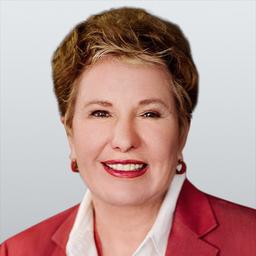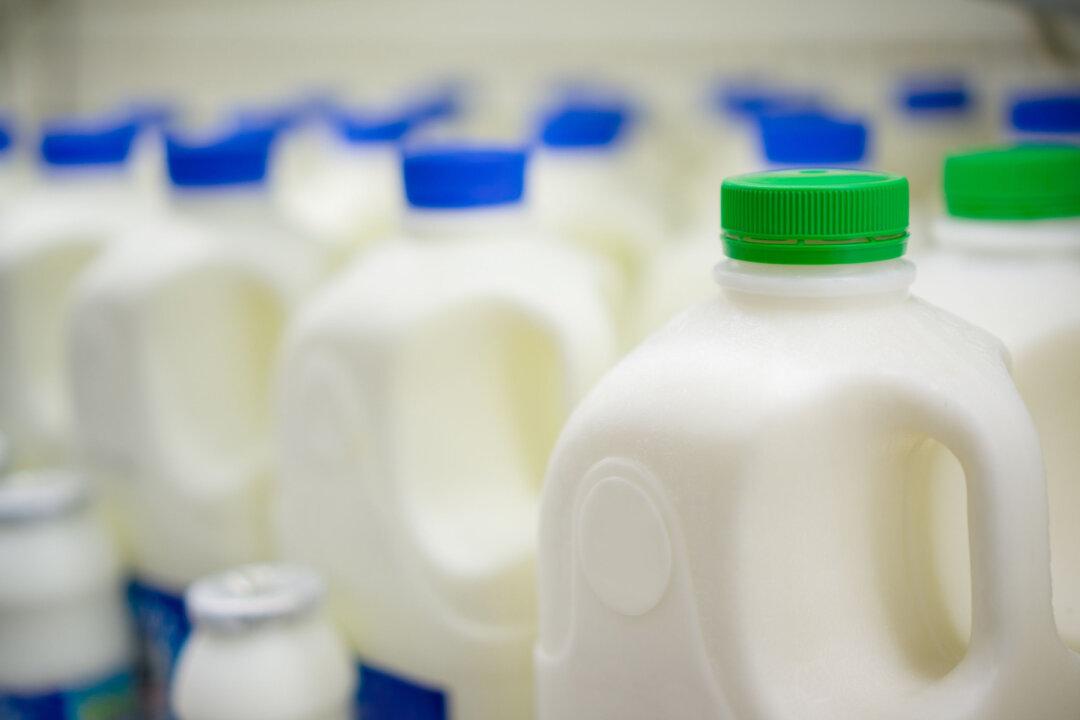What happened? Why did butter consumption in the United States plummet?
A major factor is that the United States became electrified and stopped using candles. This shift was the genesis of butter’s decline.
At the time, candles were a major product of a U.S. company you’ve likely heard of—Procter and Gamble. The company had figured out a way to solidify liquid cottonseed oil—a waste product of the cotton industry—into a hard fat that could burn in candles. The process was called partial hydrogenation, which reconfigured the molecules in liquid oils into an unnatural type of fat called trans fats, which are hard at room temperature.
The book was a masterstroke of advertising genius that pushed all the buttons of the up-and-coming American housewife. Women who used Crisco instead of lard, the book promised, were more modern, had cleaner houses that smelled better, and had children of better character. Their cakes rose more easily and their food tasted better and was easier to digest!
As Crisco replaced lard, imitation butter in the form of margarine soon followed. By 1973, the Senate Select Committee on Human Needs promised that Americans could solve their most serious diseases—heart disease, stroke, diabetes, cancer, high blood pressure, etc.—if they only used margarine instead of butter.
Fast forward to the present. Margarine today has come under a cloud, now that we know how bad partially hydrogenated oils are for human health. Today, most Americans use “healthy,” trans-free spreads, still dutifully following government suggestions, yet rates of serious disease haven’t gone down—quite the opposite, they keep going up and up.
Fat-Soluble Vitamins
The U.S. Department of Agriculture and the U.S. Food and Drug Administration claim that butter is an “empty” fat, but butter is an easy way to get fat-soluble vitamin A on a daily basis. It also provides vitamins D, K2, and E. Typical spreads contain only one form of vitamin A and none of the other fat-soluble vitamins.Minerals
Butter contains trace amounts of important minerals, including calcium, phosphorus, magnesium, iron, and selenium. The amounts may be small, but they are absorbed efficiently because of the presence of the fat-soluble vitamins, especially vitamin D. Butter provides a small amount of iodine, especially if the cows are grazing on iodine-rich soil or receive an iodine teat wash, which also is efficiently absorbed.Butyric Acid
This is a very small fat molecule that is almost unique to butter. Our bodies make butyric acid when good bacteria ferment high-fiber foods in the colon, but in butter, we get butyric acid readymade. Butyric acid is important for digestion and seems to protect us against constipation, irritable bowel syndrome, Crohn’s disease, and colon cancer.Arachidonic Acid
Unique to animal fats, arachidonic acid is important for skin health, digestion, and brain function—it’s especially abundant in the brain. Arachidonic acid is critical to mental health, as endocannabinoids are derived from it. Other feel-good chemical pathways involve arachidonic acid, vitamin A, and vitamin D. Butter is a happy-making fat, for sure.Conjugated Linoleic Acid
Conjugated linoleic acid (CLA) is a beneficial kind of trans fat, and butter, especially from grass-fed cows, has a lot of it. CLA protects against cancer and helps the body build muscle rather than store fat. A research review published in Nutrients in 2019 found evidence to suggest that “CLA has efficacy against cancer, obesity, and atherosclerosis.”Glycosphingolipids
Glycosphingolipids are a special category of fats that support the immune system and are also critical for a healthy nervous system.Cholesterol
Yes, cholesterol. Cholesterol is mainly made in the body and plays vital roles in the body. Babies and toddlers in particular need cholesterol because they don’t make their own. Cholesterol is essential for growth, neurological health, muscle function, and hormone production.Saturated Fat
Saturated fats play many important roles in the body’s chemistry. So important are saturated fats that the body has a backup plan if we don’t eat enough of them: It makes them out of carbohydrates, especially refined carbohydrates. Cravings for carbs often wane when you add plenty of butter to the diet.Conclusion
Margarines and spreads made with vegetable oils contain none of the special fatty acids that occur mainly in animal fats. Although modern spreads contain no trans fats, they do contain industrially processed seed oils, which are rancid and break down into highly reactive aldehydes. The use of soybean oil is especially concerning because it contains estrogen-like compounds. Then there are the additives, such as potassium sorbate, calcium disodium, citric acid, and artificial flavorings.You don’t need to feel guilty for eating butter. Butter is perfectly designed to support growth in children and health and happiness at all ages.






